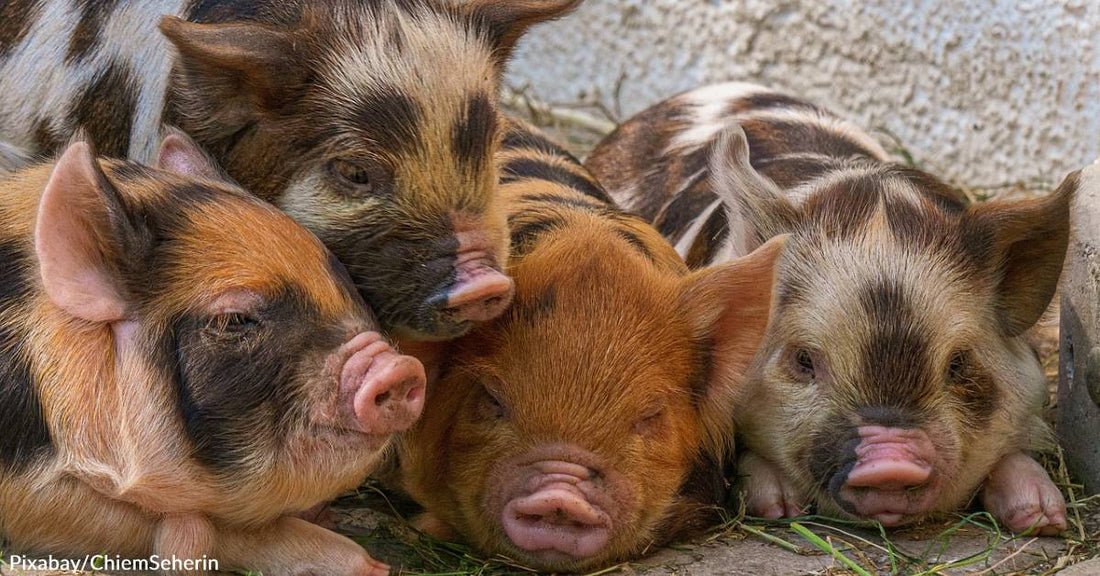Learn What to Look For as Farm Animals & Livestock Suffer From Extreme Heat Like Everyone/Everything Else
Rebecca West
Unlike house pets, farm animals spend their lives outside in the elements, with the exception of any barn time they might get. But barns aren't generally climate-controlled, and freezing temps and scorching heat waves can greatly impact them. With the world's hottest summer on record, exposure to increasing temperatures can have severe consequences for these animals as they struggle to get or stay cool.
Animals, like humans, can become so heat-distressed they're unable to move. But something else takes place at such high levels of heat stress, and that's that they also become more susceptible to diseases, reduced production rates, and things like reduced fertility. Also, like humans, if they're not cooled down adequately, they can obviously die.
Consequences of Extreme Heat on Livestock
To make matters worse, farm animals prefer cooler temps — between 25 and 77F for cattle and 50 to 75F for swine. As record-setting summers look to become the norm, the consequences for farm animals will be severe.
The consequences of excessive heat for chickens reportedly led to the deaths of millions of birds in a process known as "ventilation shutdown," where oxygen is cut off and animals tragically suffocate to death. It sounds hideous because it is.
Dairy Shortages
As noted above, cattle don't particularly care for anything over a balmy 77 degrees and can begin exhibiting signs of heat stress at just 80 degrees. The lack of heat tolerance in bovines reduces milk production in the animals, which of course, has economic impacts for dairy farmers.
A USDA analysis points to rising temperatures as being likely to reduce dairy production by 0.60 to 1.35 percent. The rub is that lactating cows are at greater risk of heat stress due to increased internal heat, which creates a vicious circle with a higher risk of mortality.
Heat Exhaustion in Animals
Pigs, which have no sweat glands and can sunburn, also struggle to remain cool in hotter weather. In fact, they are highly susceptible to overheating, and sows experiencing heat stress before being inseminated are less likely to give birth. Even if they do, they're apt to have smaller litters. Like dairy cows, female pigs experiencing heat stress produce less milk, leading to litters of offspring with lower body weights.
The signs of overheating in animals include panting, increased respiration rate, increased water intake, loss of appetite, listlessness or lethargy, increased salivation, and in extreme cases, leads to unconsciousness. If you recognize these symptoms, it's recommended that you get the animal in shade and immediately start cooling them down with room-temperature water initially, not cold water or ice water.
Preventing Overheating
You can help to prevent heat stress from developing by providing plenty of water and adequate shaded shelter, with the best being those that allow breezes to flow through the structure freely. Lean-tos work well, but setting up camp beneath shade trees is ideal. Misters can help significantly, too.
If you keep horses, piggies, rabbits, or other outdoor farm critters, it's never been more important to keep an eye on them during hot summer months than now and to seek attention from a veterinarian if you spot signs of trouble.





